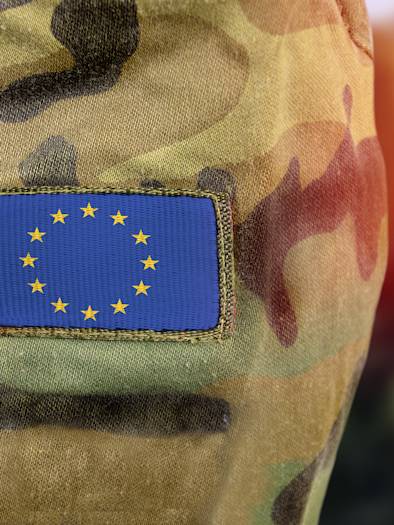
EU Council adopts “Taxonomy” for green investments
H+K Brussels’ Thomas Tindemans, Thomas Vermeeren and Sam De Paepe answer the four key questions on the EU-wide classification system to finance the green economy.
Why the need for an EU taxonomy?
On 15 April 2020, the European Council adopted a regulation setting out a “taxonomy” for green investments. The launch of this classification system marks an important step in the EU’s ambition to channel private sector investment into green and sustainable economic activities.
Shifting private funds towards the green economy is crucial to reaching the Paris Agreement’s 2030 targets and to making Europe climate neutral by 2050 – the primary objective of the European Green Deal. The taxonomy, which is essentially a list of economic activities that are environmentally sustainable, should create a common understanding of green economic activities among businesses and investors – and should consequently make investments in these activities more attractive.
By defining the criteria for sustainable investment, the EU may well be setting the global standard for green finance and could become the reference point for other jurisdictions.
What are “green activities” according to the EU?
The Regulation stipulates that, for an investment to be environmentally sustainable, it should relate to an economic activity that contributes to one or more of the following six objectives:
Climate change mitigation (activities that avoid or reduce greenhouse gas emissions)
Climate change adaptation (activities that contribute to reducing or preventing the adverse impact of climate change)
The sustainable use and protection of water and marine resources
The transition to a circular economy
Pollution prevention and control
The protection and restoration of biodiversity and ecosystems.
The taxonomy covers three main types of activities. The most obvious are the activities that directly contribute to one or more of the objectives. For climate change mitigation, investments into renewable energy sources, such a solar or wind power, or reforestation initiatives are the most frequently cited examples.
In addition, investments can also be qualified as green if they enable other activities that make a substantial contribution to one or more of the environmental objectives. Investments into the manufacturing of wind turbines is one example for climate change mitigation,but can also include investments into smart energy grids or infrastructure (pipelines etc.) that enable energy efficiency.
Finally, and only applicable for climate change mitigation, investments into “transition activities” for which there are no technologically and economically feasible low-carbon alternatives can be considered green, provided the level of emission corresponds to the best performance in the sector. This last category illustrates the pragmatism shown by EU decision-makers in this classification. In practice, it means that, under certain criteria, investments into nuclear energy and gas-fired power stations can be included in the scope of the taxonomy as facilitating the transition away from coal sources – even though they don’t have a beneficial effect on the environment.
When will it come into effect?
The current Regulation provides the framework for the further development of the taxonomy through delegated acts. These delegated acts will specify which specific economic activities can be considered environmentally sustainable for each of the six objectives. The complete taxonomy for climate change mitigation and climate change adaptation should be established by the end of 2020 in order to ensure its full application by end of 2021. The taxonomy with regards to the other four environment objectives should be ready by the end of 2022.
For the development of the delegated acts, the Commission relies on an expert group comprised of members from across civil society, academia, business and the finance sector. The expert group published a technical report in March, the annex of which lists all the activities that contribute to climate change mitigation or adaptation, and specifies the criteria needed to be met in order to be considered ‘green’. It’s likely that the delegated acts will mirror these activities and criteria.
How will this impact business?
The taxonomy will impact the investing community at large. On the supply side, starting from the end of 2021, financial market participants that issue financial products will have to disclose how these align with the EU’s taxonomy for climate change mitigation and adaptation. When selling a financial product as a sustainable investment, the issuer should disclose information on how and to what extent the investments that underlie their financial product support economic activities that meet taxonomy criteria. When a financial product is not sold as green, it should clearly mention that “The investments underlying this financial product do not take into account the EU criteria for environmentally sustainable investments.”
On the investors’ side, large companies (+500 employees) will have to disclose how and to what extent their activities comply with the taxonomy. Their annual accounts should mention the proportion of their turnover and of their total investments (Capex) and/or expenditures (Opex) are associated with economic activities included in the taxonomy. Smaller companies are encouraged to publish this information voluntarily.








